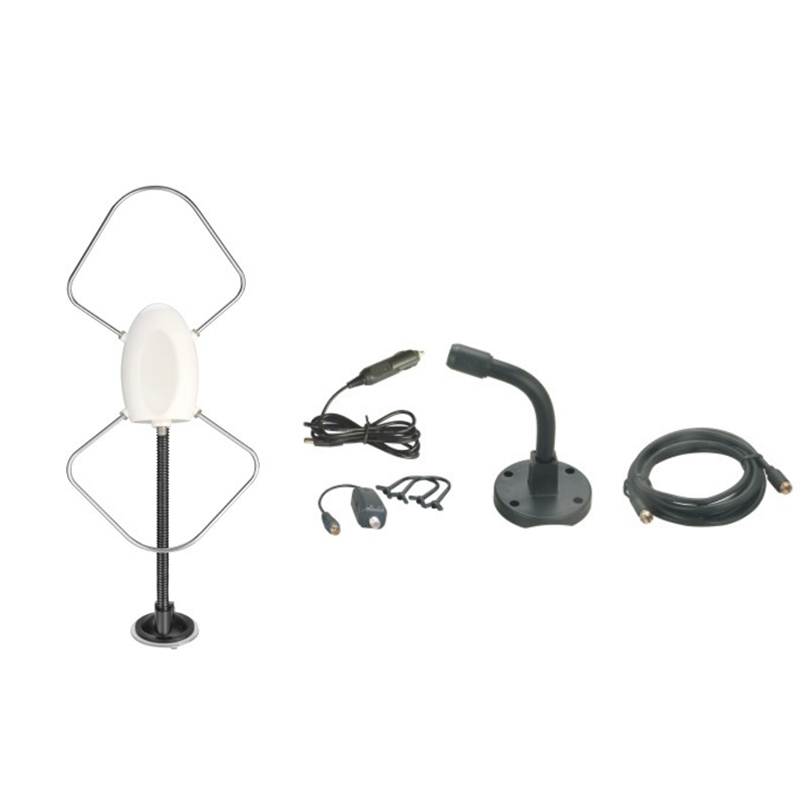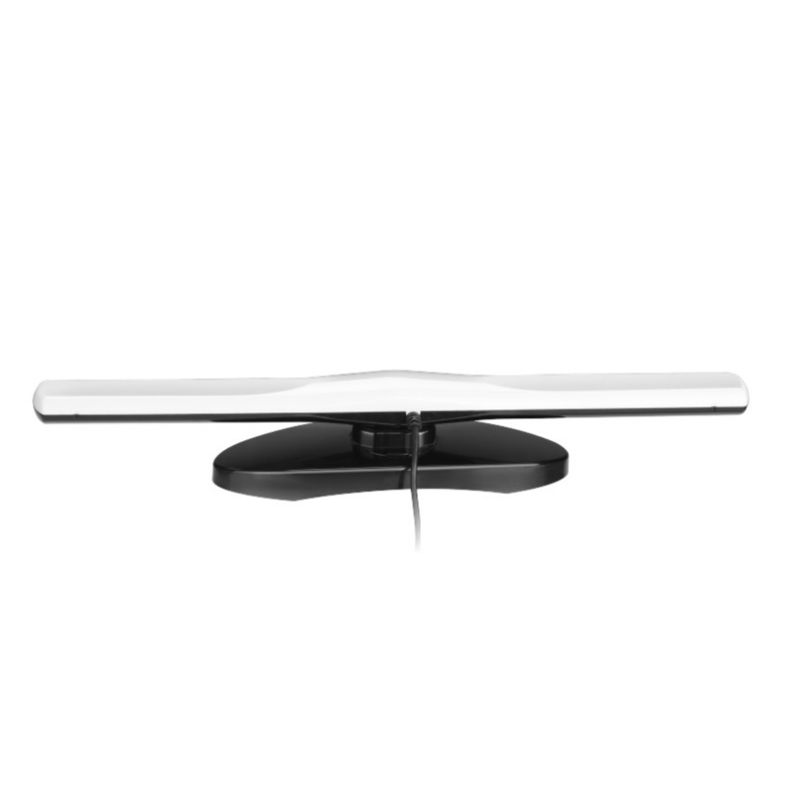Frequency range: 26.5- 28MHz SWR: ≤1.2:1 Max. power: 35W continuous 250W Short time Bandwidth at S.W.R. 2:1: 1900KHz Impedance: 50ohm Whip length: 1200mm Adjustment: 0~90° Cable Length: RG58/157" Po...
See DetailsHow are the frequency range and coverage capabilities of vehicle mobile antennas determined?
Determining the frequency range and coverage capability of a vehicle mobile antennas is a complex process that involves multiple considerations. Firstly, it is necessary to consider the frequency range that the vehicular communication system needs to cover. This is typically determined by the communication technologies and standards being used. For instance, the vehicular communication system may need to cover frequency bands for LTE, Wi-Fi, Bluetooth, and other protocols. Each communication technology has its specified frequency range and bandwidth. Therefore, the frequency range of the vehicular mobile antenna must encompass all the required communication frequency bands.
Taking into account the unique characteristics of the vehicular environment, the design of the vehicular mobile antenna must consider the impact of vehicle motion on signal transmission. During vehicle movement, the vehicular antenna may experience rapid motion, vibration, and multipath fading, which can affect the performance and coverage range of the antenna. Therefore, when designing the vehicular mobile antenna, it is necessary to consider the effect of vehicle motion on the antenna radiation characteristics to ensure signal reception and transmission capability under different speeds and motion states.
Performance testing of the vehicular mobile antenna is also an important step in determining its coverage capability. By conducting frequency response tests, antenna gain tests, radiation pattern tests, etc., on the designed vehicular antenna, its signal reception and transmission performance within the required frequency range can be evaluated. These tests help determine parameters such as antenna gain characteristics, radiation direction, and antenna efficiency at different frequencies, thereby providing the best signal coverage and performance assurance for the vehicular communication system.
Real-world environment validation is also an essential means of confirming the coverage capability of the vehicular mobile antenna. Validation tests conducted in actual vehicular environments simulate various real-world scenarios such as high-speed driving, urban roads, tunnel passages, etc., to evaluate the signal reception and transmission performance of the antenna under different environmental conditions. This field testing helps identify potential issues in antenna design and guides subsequent optimization adjustments.
Determining the frequency range and coverage capability of the vehicular mobile antenna requires comprehensive consideration of factors such as communication requirements, vehicular environmental characteristics, performance testing, and field validation. Through scientifically sound design and testing methods, the vehicular mobile antenna can be ensured to meet the requirements of the vehicular communication system and provide stable and reliable communication connections.

 English
English Español
Español













Contact Us